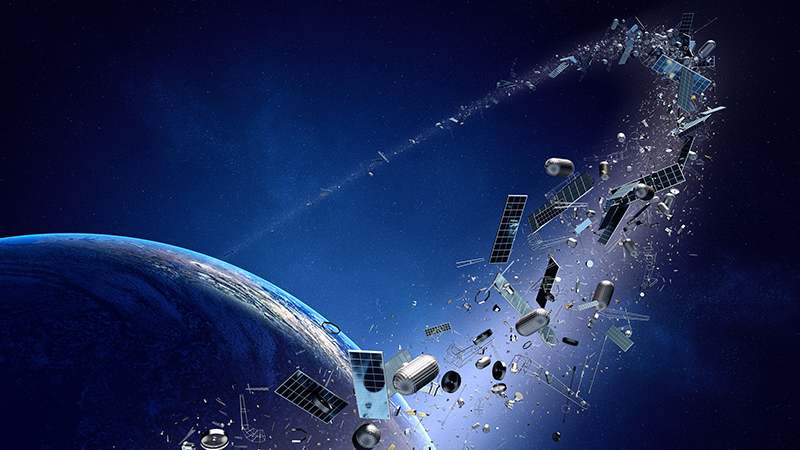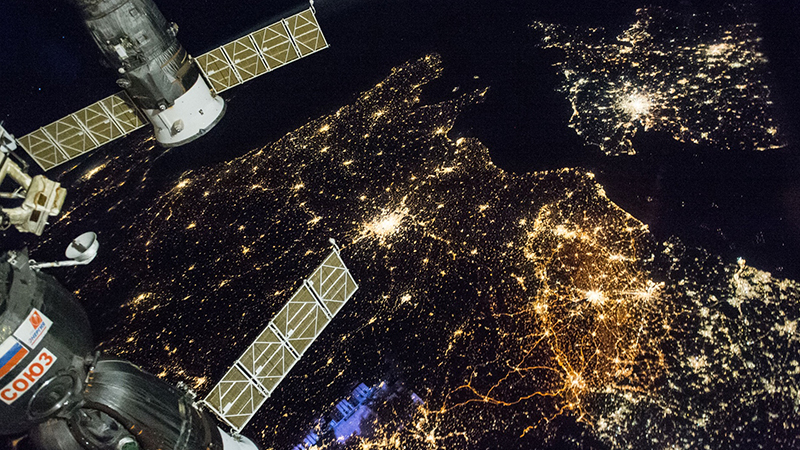

In March 2022, we discussed the problem of space debris and what it means for future space missions. The short answer is that the more satellites and rockets we launch into space, the bigger the problem becomes.
It’s, therefore, necessary to address current space debris levels to avoid the problem getting out of control. Since we last wrote about it, there have been numerous solutions proposed to clear up space junk. Let’s take a look to see how they’re progressing.
In the last year, more practical solutions have been proposed. It’s less that awareness has grown and more that they’ve moved closer towards fruition. In a statement from September 2022, the UK government announced progress on a £4 million grant awarded by the UK Space Agency.
It went to two British companies: ClearSpace and Astroscale. The grant will primarily fund 70 new jobs at the companies, both of which investigate the practical solutions for removing space debris.
But the statement also announced its Enabling Technology Programme (ETP), which tackles the issue from a different perspective. A large proportion of space debris is defunct satellites, and the ETP aims to address this. Along with making satellites more resilient, it’ll look for ways to extend their lifespans. Similar to tackling excess waste on Earth, reduction is the most important factor to consider.
Of course, the UK isn’t the only country looking at the problem of space debris. The ESA has its Clean Space initiative, and NASA has an Orbital Debris Program. The basic concepts are the same across pretty much any space debris reduction initiative.
Finally, there are solutions to reduce the amount of space debris at the source. In March 2023, marine scientist Imogen Napper argued for a legally-binding agreement for satellite companies. It would make them responsible for removing their satellites from orbit and for dealing with damage caused by space debris. While it’s still a long way off, it would be a viable option for dealing with the issue.
ClearSpace’s solution is to launch a disposal unit, similar in mass to a smallsat. Planned for 2026, its mission will test the practicality of launching the unit, capturing debris, and returning to Earth. Its current design includes four robotic arms, which it could use to carry more than one satellite.
Unsurprisingly, the design is aimed more towards satellites and larger debris rather than small space junk. The test mission will hopefully capture part of a Vega Secondary Payload Adapter, which weighs more than 100kg. Provided it can do this, tests can move forward to understand the methods for capturing other objects.
Astroscale is looking at a similar option with its Active Debris Removal (ADS) unit. It’ll feature a robotic, magnetised arm to bring the dead satellite in, and then it’ll return to Earth. Similar to ClearSpace, it plans to test its removal unit in 2026.
According to various estimates, the amount of space debris in orbit will increase to between 30,000 and 60,000 by 2030. This is thanks in part to the accessibility of private launch companies and the shift towards satellite constellations (such as Starlink).
Space debris is therefore an increasingly problematic phenomenon. Hopefully, once companies have confirmation their technology works, they’ll be able to maintain (or surpass) the rate at which more debris enters space.

